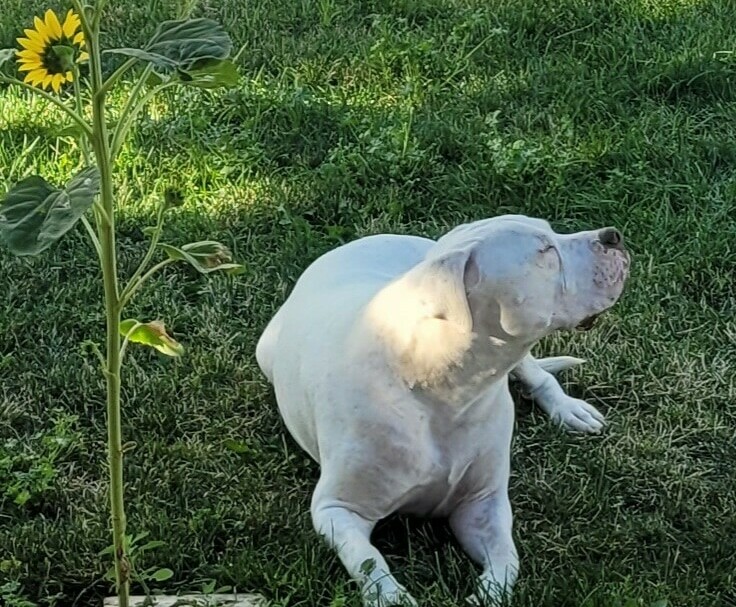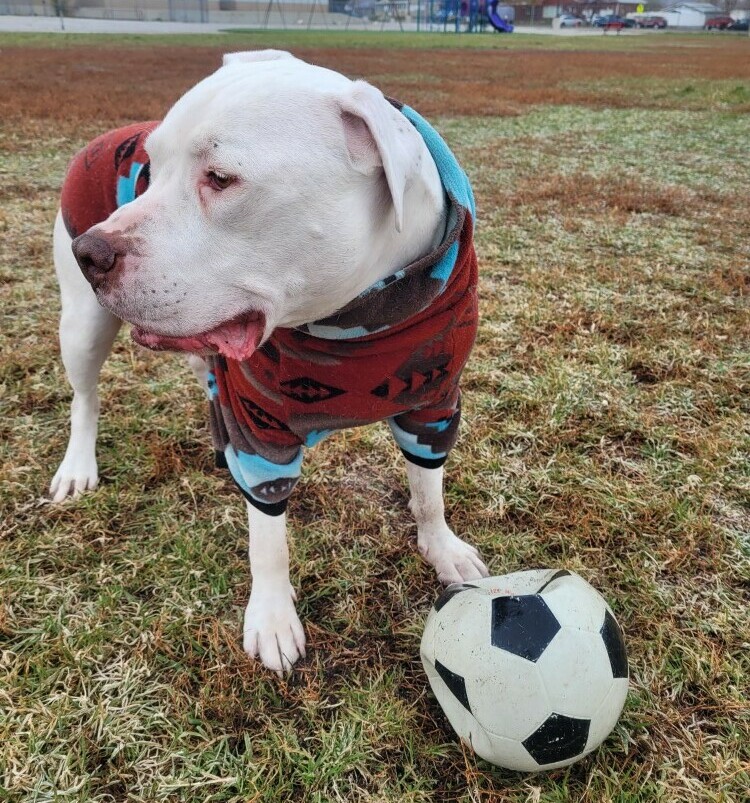Fostering A Rescue Dog: A Temporary Home With A Permanent Impact
 Imagine a dog who has faced uncertainty and, more often than not, hardship. This is the backstory of many rescue dogs waiting for a second chance. Before a foster home becomes part of their story, these dogs might have endured neglect, abandonment, or even abuse. They might shiver at the sound of loud noises or appear distant and wary. But the beauty of fostering is that it opens the door to healing for these awesome creatures.
Imagine a dog who has faced uncertainty and, more often than not, hardship. This is the backstory of many rescue dogs waiting for a second chance. Before a foster home becomes part of their story, these dogs might have endured neglect, abandonment, or even abuse. They might shiver at the sound of loud noises or appear distant and wary. But the beauty of fostering is that it opens the door to healing for these awesome creatures.
Foster homes serve as a crucial bridge to a brighter future for rescue dogs. By providing a temporary safe haven, I and other foster parents play a pivotal role in rehabilitating these animals. The love and care we give can fundamentally change a rescue dog’s trajectory, often saving them from overcrowded shelters where they may face a grim fate.
Being in a foster home can do wonders for a rescue dog’s health and behavior. It’s in places like mine that these animals learn to trust again, surrounded by warmth and compassion. Besides the psychological uplift, they often receive much-needed medical attention, regular meals, and a consistent routine, which are all vital for their well being.
There’s a persistent myth that rescue dogs are broken beyond repair. It’s crucial for potential foster parents to understand that this simply isn’t true. With patience and love, even the most traumatized dogs can flourish. By offering a stable environment, we can reveal the true, often joyful and loving, nature of our canine companions underneath their initial protective layers.
Preparing Your Home for a Foster Pet
 When you decide to foster a rescue dog, the first step is creating a space that feels like a sanctuary for them. Before the furry newcomer arrives, it’s imperative to stock up on essential supplies. You’ll need food and water bowls, a comfortable bed, a leash and collar, age-appropriate toys, and maybe a crate if crate training is part of the plan.
When you decide to foster a rescue dog, the first step is creating a space that feels like a sanctuary for them. Before the furry newcomer arrives, it’s imperative to stock up on essential supplies. You’ll need food and water bowls, a comfortable bed, a leash and collar, age-appropriate toys, and maybe a crate if crate training is part of the plan.
The environment you create can either soothe or stress a foster dog. A special, quiet area where they can retreat when overwhelmed will help them acclimate at their own pace. Remember, many rescue dogs haven’t had the stability of a safe home, so this space can significantly decrease their anxiety.
Daily routines are as vital for dogs as they are for humans. Set up regular feeding times, consistent walks, and a bedtime routine to help your foster dog feel secure. These routines won’t just comfort your new guest; they’ll also potentially ease their transition to a forever home.
Bringing a new dog into a home with existing pets or family members requires careful introduction. Fostering a dog can be an adjustment for everyone. It’s important to supervise initial interactions and remember that it might take time for all parties to feel comfortable with one another.
The Emotional Aspects of Fostering
 Forming a bond with a foster dog brings immense joy, yet it’s a double-edged sword. You experience the happiness of their companionship and witness their growth, but you also face the inevitable challenge of saying goodbye when they find a forever home.
Forming a bond with a foster dog brings immense joy, yet it’s a double-edged sword. You experience the happiness of their companionship and witness their growth, but you also face the inevitable challenge of saying goodbye when they find a forever home.
Managing your emotional attachment is crucial. It’s natural to grow attached, but it’s vital to remember your role as a bridge to their permanent family. Prepare for the emotional transition as their departure date approaches by focusing on the positive outcome of your efforts.
Seek out support from the fostering community. Connect with other foster parents or support groups where you can share experiences and advice. It’s beneficial to have a network of people who understand the emotional roller coaster of fostering.
Your personal growth is an unexpected reward of fostering. The experience can teach you about patience, empathy, and resilience. As you help a rescue dog heal and learn, you often find that you’re learning and growing alongside them.
Leaving a Lasting Impact: Training and Socialization
 Training isn’t just about teaching commands; it’s about giving a rescue dog the tools for a better future. As a foster parent, I focus on simple, consistent commands that build a sense of security and help the dog become more adoptable.
Training isn’t just about teaching commands; it’s about giving a rescue dog the tools for a better future. As a foster parent, I focus on simple, consistent commands that build a sense of security and help the dog become more adoptable.
Socialization is equally crucial. I introduce my foster dog to new people, environments, and other pets cautiously. This helps the dog learn to trust and reduces future anxiety.
I prioritize positive reinforcement. Every ‘sit,’ ‘stay,’ or calm encounter with a stranger or another dog gets praise and maybe a treat. This encourages good behavior and makes the dog feel more confident.
The hard work pays off. Fostering isn’t just a temporary arrangement; it’s a critical step in a rescue dog’s journey. By providing training and socialization, I boost the dog’s chances of finding a forever home and living a fulfilling life.
Even after the foster dog has moved on, the lessons they learned with me stick with them. It’s a rewarding feeling to know I’ve contributed to their long-term happiness and stability.

Jacquie
Thanks for ones marvelous posting! I actually enjoyed reading it, you could be a great author.I will always bookmark your blog
and will come back someday. I want to encourage you to ultimately continue your great work, have a nice weekend!
Review my page :: good film review
Anthony
Thanks for reading!! I’m glad you enjoyed it!